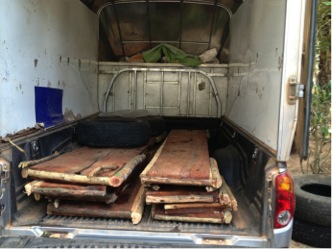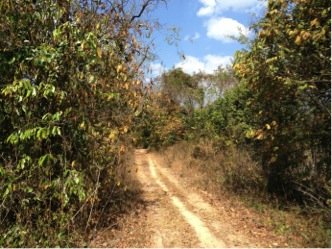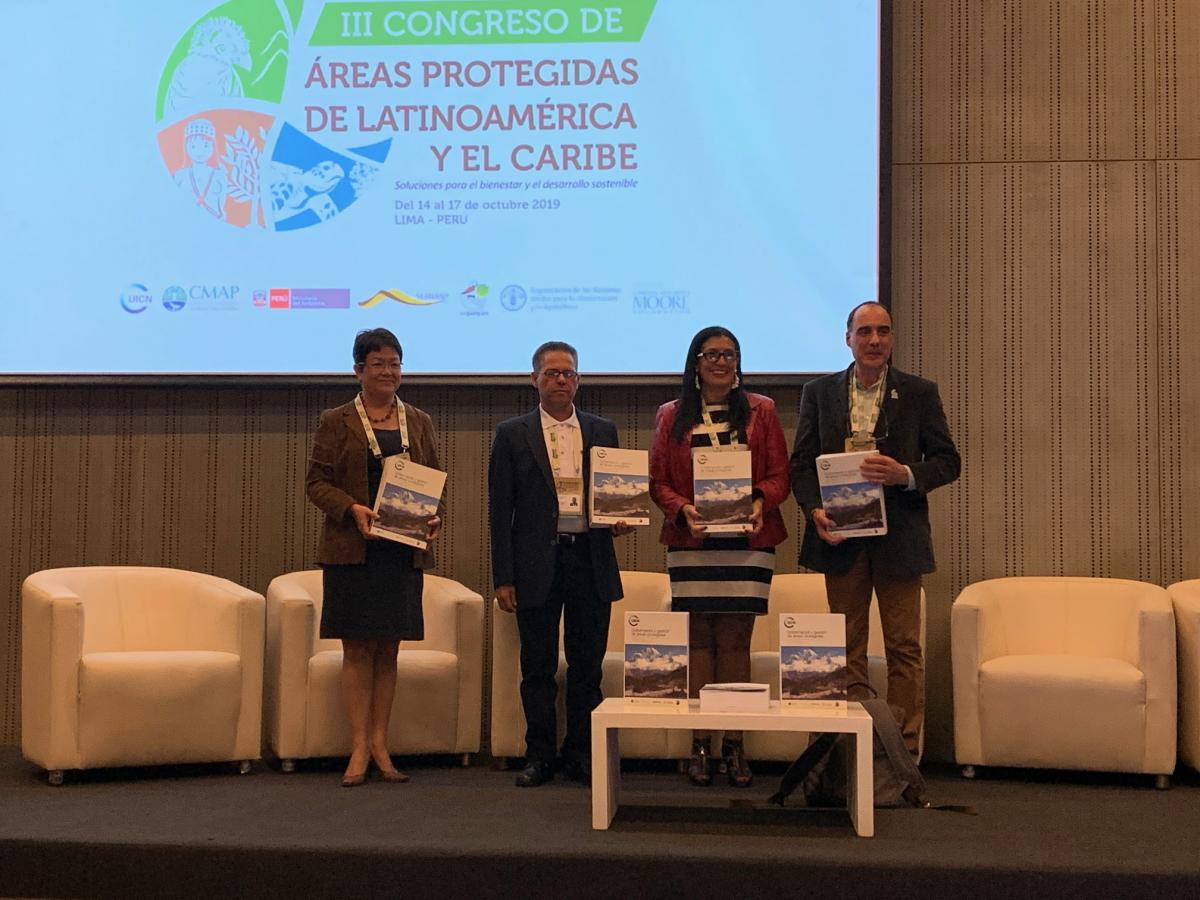(Un)protected Areas: Rosewood Poaching in Thailand’s Dong Phayayen-Khao Yai World Heritage Site
The Dong Phayayen-Khao Yai Forest Complex encompasses some of the most pristine forests and wildlife habitats in Thailand and is globally important for its biodiversity; that is why it was declared a UNESCO World Heritage Site in 2005. However, in recent years, the four national parks and wildlife sanctuary that form this World Heritage Site have come under increasing pressure from illegal logging of Rosewood.
The demand for this high-value timber species has exploded recently, mainly as a result of the high demand from China. Siamese Rosewood (Dalbergia cochinchinensis) is listed as “vulnerable” on the IUCN Red List of Threatened Species. In 2013, it was listed in Appendix II of the Convention on International Trade in Endangered Species of Wild Fauna and Flora (CITES), which regulates commercial trade.
Situated close to the Thai-Cambodian border, the Dong Phayayen-Khao Yai Forest Complex is particularly vulnerable to poaching networks from Cambodia, which operate along the boundary with the collaboration of both Thai and Cambodian nationals. The poachers have much better supplies and weapons than the staff from the national parks, and several rangers have recently been killed or severely wounded in the conflict.
Not only do the poachers illegally harvest large volumes of wood, which has serious impacts on the forest ecosystem; they also hunt and kill other species of wildlife they come across in the forest, such as hornbills.
In late January 2014, an IUCN team visited the area with Prof Yoshitaka Kumagai, a protected areas expert from Japan. The team met with the Chief Superintendents of Khao Yai, Thap Lan, Pang Sida, and Ta Phraya National Parks and Dong Yai Wildlife Sanctuary, and with a range of other stakeholders, in order to discuss the most critical issues facing these protected areas, and to identify potential actions.
“It is time for the international community to wake up to the seriousness of Rosewood poaching,” said Dr Scott Perkin, Head of IUCN’s Biodiversity Conservation Programme, Asia. “Despite the scale of the problem and the severity of its impacts, the issue has received relatively little attention to date.”
“Concerted action is needed on multiple levels. Firstly, the livelihoods of the people living adjacent to the protected areas need to be improved, and ways must be found to ensure that local communities become active partners in conservation. Secondly, we need to strengthen law enforcement by improving the welfare and working conditions of the rangers, and developing more effective deterrents to poaching. Lastly, it will be important to foster international cooperation between Thailand and neighbouring countries, both in the policy arena through high-level dialogue and on the ground through joint patrolling and other mechanisms.”
One potential solution that is being explored is to work with communities to plant Rosewood in the buffer zone around the national parks, in order to relieve the pressure on the natural forest. At present, the market incentives for Rosewood poaching are extremely high, and local communities have few economic alternatives.
“The international community does not know what is going on in the Dong Phayayen-Khao Yai World Heritage Site. We need to seek solutions and raise awareness. We need to write papers, produce documentaries, and bring the issue to the attention of the media, in order to put pressure on the market,” said Prof Kumagai, IUCN World Commission on Protected Areas Regional Vice-Chair for East Asia.
As a first step towards addressing these concerns, IUCN has been implementing a small project funded by the Keidanren Nature Conservation Fund (KNCF), “Enhancing Sustainable Resource Management Capacity in Protected Areas in Asia”. The aim of the project is to enhance sustainable conservation and management of protected areas in Asia, by developing and implementing action plans for priority sites and by widely disseminating the experiences and lessons learned. The project has set up an informal network of stakeholders with an interest in Khao Yai-Dong Phayayen Forest Complex to encourage dialogue and develop an action plan for this site.
By Angela Jöhl Cadena






